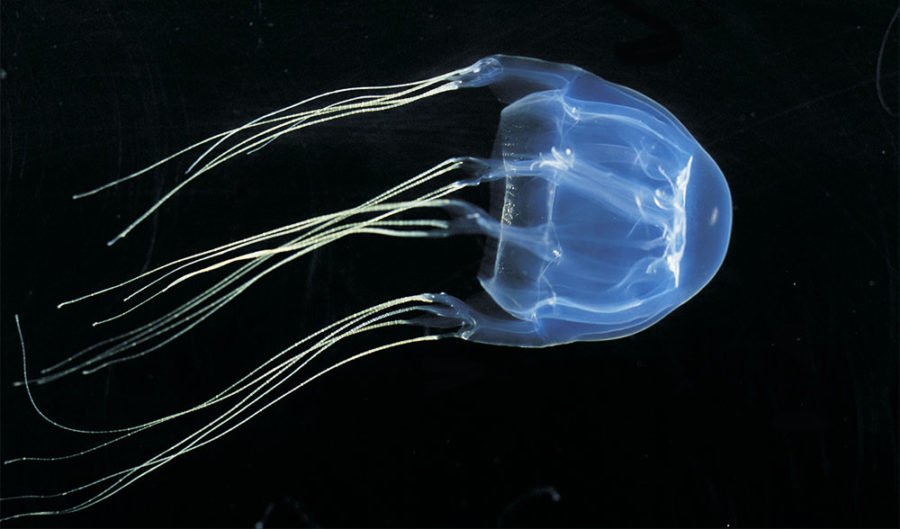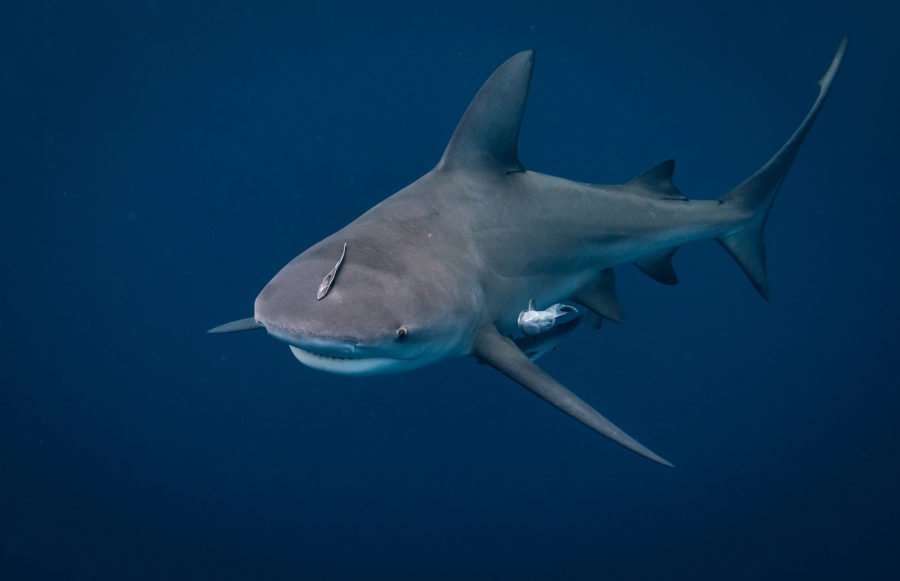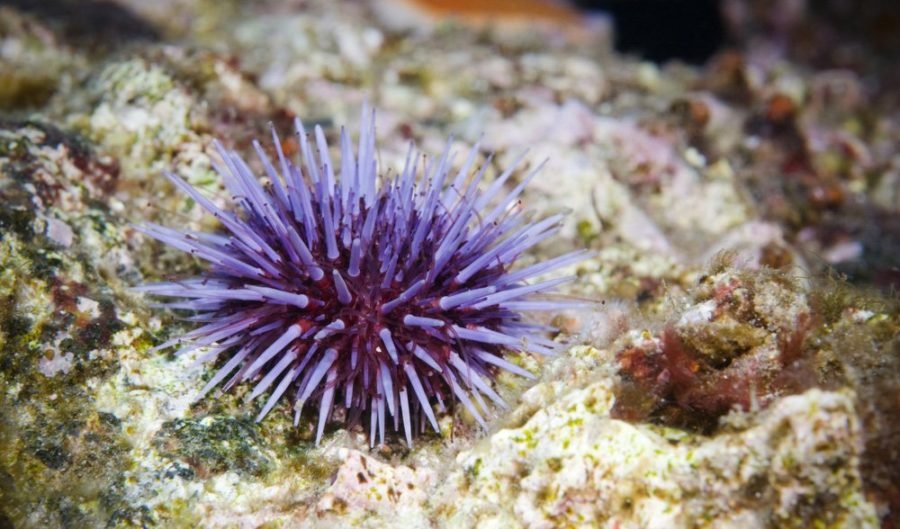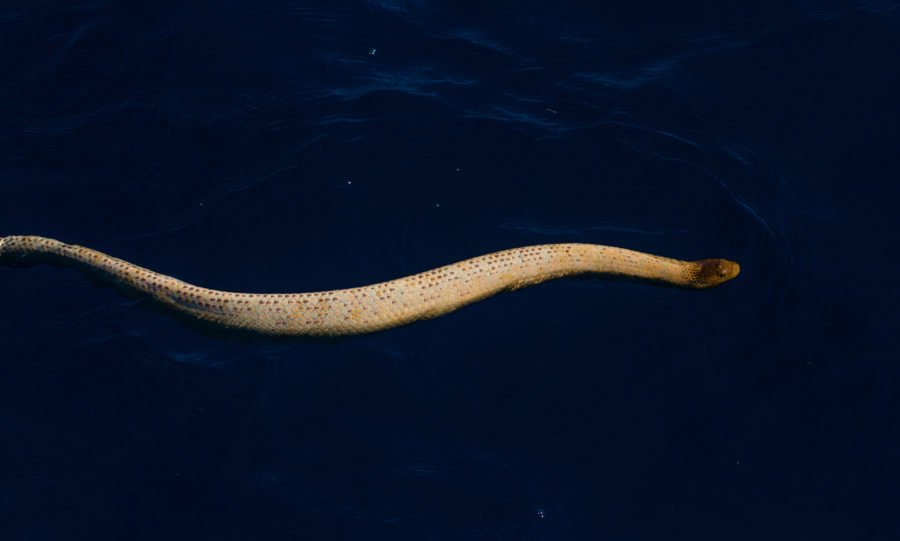Australia’s dangerous animals: the top 30

Australia is infamous for its dangerous animals. With more deadly snakes than any other country worldwide, it isn’t surprising.
Though sharks, spiders, and snakes get the majority of bad press, it is actually an awesome array of predators and venomous critters that have earned Australia its fearsome reputation.
Naturalist and TV presenter Steve Backshall has been filming in Australia for the BBC program, Deadly 60. After the crew’s extensive stay, Steve says he calls Australia the “home of deadly”.
Steve had a close encounter with one of our apex predators, the saltwater crocodile (Crocodylus porosus), while filming in the Northern Territory. He was measuring the bite of one crocodile – which has the most powerful bite of any species – when it bit the pole Steve was attached to, throwing him back and forth and making off with expensive equipment.
Great white sharks (Carcharodon carcharias), however, have an undeserved reputation – they are responsible for an average of just one death per year, worldwide. “You’re more likely to be eaten by a domestic cat,” jokes Steve.
Perhaps more threatening is the stinging stonefish (Synanceia verrucosa), found on Australia’s reefs. The pain of a sting alone can be lethal. “It produces such mind-blowing agony that the body goes into shock and the person dies,” says associate professor Bryan Fry, a venom researcher at the University of Queensland in Brisbane.
Steve and his crew stumbled upon a spectacular predator in Sydney Harbour: the southern blue-lined octopus (Hapalochlaena fasciata), which is a kind of blue-ringed octopus. This mollusc has one of the most toxic venoms on the planet and bites cause paralysis within minutes, leading to respiratory issues and heart failure.
Tracking down the world’s most venomous snake, the inland taipan (Oxyuranus microlepidotus), took the crew to a remote desert in south-western Queensland.
“The inland taipan is unbelievably elusive,” he says. The remote location is one reason there have been no recorded deaths by this species, even though one bite contains enough venom to kill several humans.
The potency of their venom allows the species to knock out prey quickly. “Taipans feed on the world’s toughest rodents that could severely injure or kill any other snake,” says Bryan.
The Sydney funnel-web (Atrax robustus) is one of the world’s most dangerous spiders. Its toxic venom evolved as a defensive tool against predators, rather than for attack. Unfortunately, humans are especially sensitive.
“As a fluke, we are particularly sensitive to funnel-web venom and thus bites are particularly devastating to humans,” say Bryan. However, there hasn’t been a death since the development of an anti-venom in 1981.
More deaths, however, are caused by the European honey bee (Apis mellifera). This species doesn’t have particularly potent venom, but the allergic reaction suffered by 1-2 per cent of the population coupled with the high incidence of bee stings make them second to snakes as the most deadly venomous animal in Australia.
Australia’s 30 most dangerous animals
This list was developed by the Australian Museum in Sydney. Museum experts rated animals out of 10 based on the threat they pose, combined with the likelihood of encountering one.
Danger rating: 10/10
1. Box jellyfish (Chironex fleckeri)

Danger rating: 9/10
2. Honey bee (Apis mellifera)

3. Irukandji (Carukia barnesi)

Danger rating: 8/10
4. Bull shark (Carcharhinus leucas)

5. Eastern brown snake (Pseudonaja textilis)

6. Saltwater or estuarine crocodile (Crocodylus porosus)

7. Sydney funnel web spider (Atrax robustus)

Danger rating: 7/10
8. Blue-ringed octopus (Genus Hapalochlaena)

9. Coastal taipan (Oxyuranus scutellatus)

10. Common death adder (Acanthophis antarcticus)

11. Cone shells (Conus sp.)

12. Dugite or spotted brown snake (Pseudonaja affinis affinis)

13. Mulga snake (Pseudechis australis)

14. Red-bellied black snake (Pseudechis porphyriacus)

15. Tiger shark (Galeocerdo cuvier)

16. Tiger snake (Notechis scutatus)
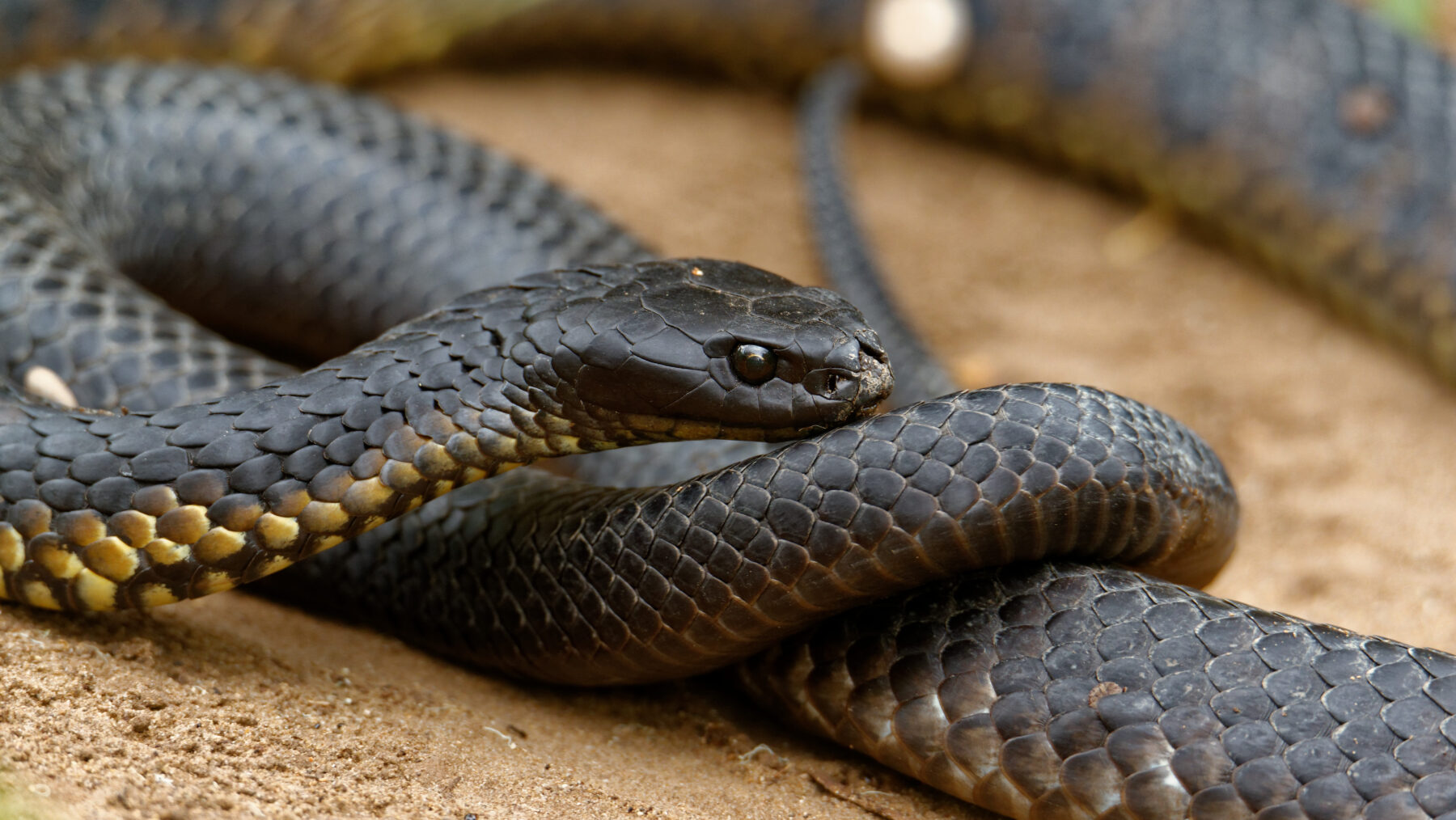
17. Great white shark (Carcharodon carcharias)

18. Yellow-bellied sea snake (Pelamis platurus)

Danger rating: 6/10
19. Bluebottle (Physalia physalis)

20. Common lionfish (Pterois volitans)

21. Collett’s snake (Pseudechis colletti)

22. Highland copperhead (Austrelaps ramsayi)

23. Inland taipan (Oxyuranus microlepidotus)

24. Redback spider (Latrodectus hasselti)

25. Reef stonefish (Synanceia verrucosa)
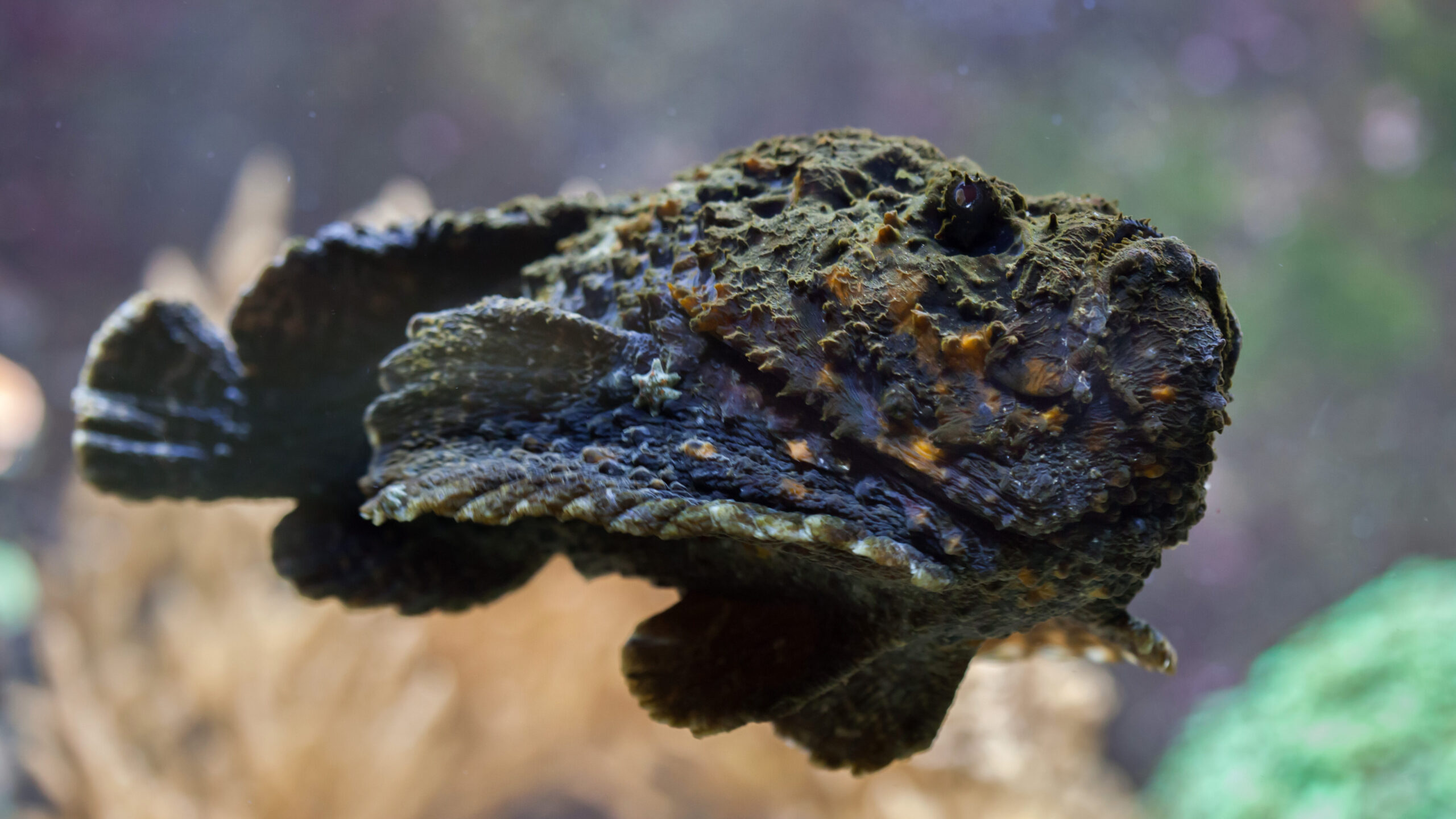
26. Smooth toadfish (Tetractenos glaber)

27. Blue-bellied black snake (Pseudechis guttatus)

Danger rating: 5/10
28. Australian paralysis tick (Ixodes holocyclus)

29. Bull ant (Myrmercia pilosula)

30. Giant centipede (Ethmostigmus rubripes)

